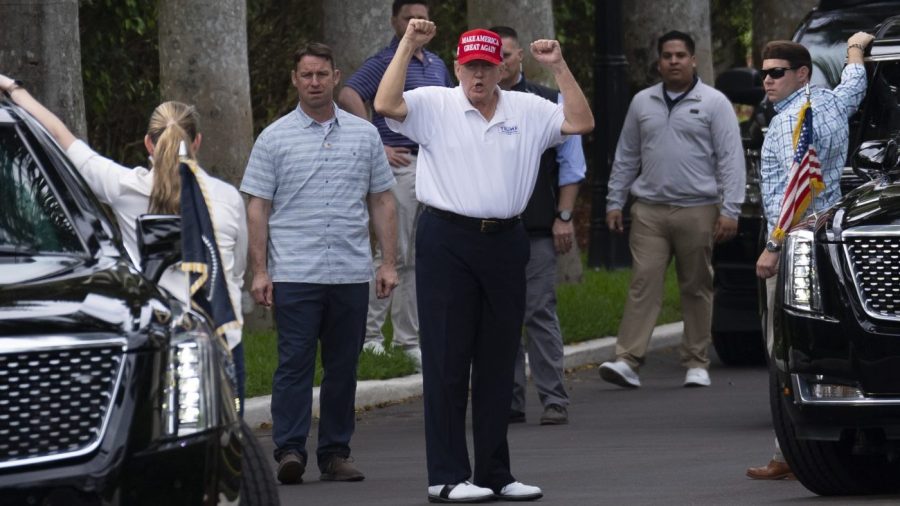
Hard power uses material assets to compel and coerce others to bow to your will. War is not necessarily required; threats backed by economic and military assets may suffice to change how others behave. Payment for goods or services rendered can also be hard power.
Soft power, by contrast, is noncoercive. It uses policies, culture and political values to persuade or co-opt others to follow your example or suggestions. It shapes what others do through appeal and attraction. To blend both material and intangible assets with skill and wisdom, we need smart power.
America’s debacles in Vietnam and the Middle East derived from mindless applications of hard power. The greatest U.S. success abroad, the Marshall Plan for Europe’s reconstruction, employed America’s wealth and wisdom for mutual gain — not for one-sided exploitation. In 1947, Secretary of State George Marshall asked Europeans, crushed by war, what they needed and how they could contribute to the common cause. Most European nations took part, but Stalin forbade his vassal states from opening their needs to outsiders.
In just three years, Europe acquired a foundation for continued economic growth and political stability. The American input was less than 3 percent of national GDP, but Washington acquired solid trading partners and NATO allies. Foes in a horrible world war were reconciled. Young Europeans and Americans studied in each other’s lands and got to know one another thanks to the Fulbright program, paid for in large part by whatever Europeans owed the U.S. When Europeans no longer needed Marshall Plan aid, early versions of the U.S. Agency for International Development assisted less developed countries.
Whatever the costs of helping Europe and developing lands, they were modest for a country that produced half the world’s goods and services and, even today, 26 percent of global GDP. Compared with fighting World War III, the outlays were trivial. Generating shared prosperity and solidarity was a value beyond calculation.
The father of modern China — both in Taiwan and the mainland — was Sun Yat-sen, who learned about democracy in a Honolulu prep school in the 1890s. Symbols can reflect real convictions. Chinese students demonstrating for civil rights and political freedoms in 1989 mounted a replica of the Statue of Liberty.
So, who needs soft power? Answer: the U.S. — its people, its producers and its government. For many decades Washington has invested in hard power — America’s defense budget is the largest in the world. Probably some military priorities should be amplified, and others deceased.
But President Trump is eroding America’s ability to inspire, encourage and persuade others to act in ways that serve common goals. Does his “art of the deal” suppose that any sovereign government or proud people — such as Palestinians, Panamanians, Greenlanders or Canadians — responds well to demands and threats that they give up what they value?
The problems arising from the president’s sheer ignorance are compounded by his disdain for empathy, his apparent pleasure in fostering and witnessing brutality and his frequent success at flouting any kind of law — municipal, national or international.
Trump, his team and an acquiescent Republican majority in Congress are taking away a major facet of what once made America great.
Walter Clemens is professor emeritus in the Department of Political Science at Boston University and associate at the Davis Center for Russian and Eurasian Studies at Harvard University. He is the author of “The Republican War on America: Dangers of Trump and Trumpism.”












